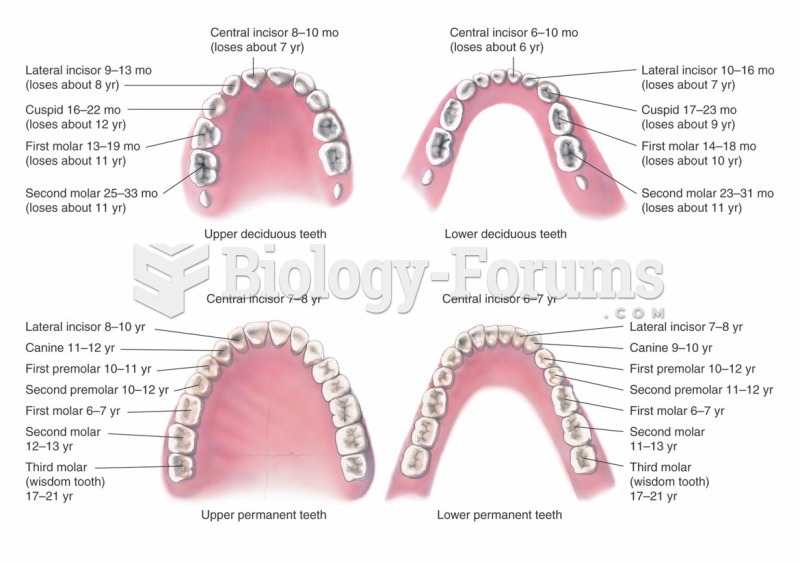Question 1
Which guidelines does an inpatient coder NOT follow?
◦ ICD-9-CM OGCR
◦ CPT guidelines
◦ UHDDS guidelines
◦ Facility-specific guidelines
Question 2
Code the following physician encounters using ICD-9-CM, ICD-10-CM, and CPT. Sequence the codes in the correct order. Assign any needed modifiers.
PHYSICIANOFFICE VISITPATIENT: DALEOFFICE RECORD NUMBER: 02-68-23DATE OF SERVICE: 03-15-XXPHYSICIAN: DR. KIM, M. DSUBJECTIVE: This 22-month-old female patient is seen in consultation, new, in my office for a diagnosis of fever of uncertain etiology by request of the patient's pediatrician. The patient had a workup with a blood count, CRP, and blood culture. He was treated with Motrin and Tylenol. It is significant to note that his blood count was elevated at 23, 000 with 76% SBGS, 13. 4% lymphocytes. He also had an elevated CRP, whichwas 7. 11. Blood culture has not been read yet and will not be read until late this afternoon. Mother notes that the child has improved considerably. The mother notes that his temperature has come down and he seems to be more playful and acting more like himself. The child does have a history of asthma and tachycardia. She tells me she is treating him with albuterol, Tylenol, ibuprofen, and Zyrtecelixir. Mother also notes the child is taking fluids today quite well. She tells me he seems to be very thirsty, drinking lots of f1uid and he has been eating today. She notes that he has developed sort of a barky bronchial cough but that is not unusual with his history of asthma.
OBJECTIVE: General exam reveals a happy, smiling two-year-old. Temperature 97. 1, heart rate 140, respiratory rate 28. I reviewed his chart from yesterday. His temperature yesterday was 105. His respiratory rate was 26. His heart rate was 200. His O
2 sat was only 93% on room air. HEENT: TMs are dear. Pharynx is minimally injected. No exudates. The neck is supple. The lungs demonstrate somewhat tubular breath sounds but Ido not hear any significant wheezes, and he is moving air freely. He does have a deep bronchial cough.
ASSESSMENT: Acute febrile illness, uncertain etiology pending blood culture results.
PLAN: At this point, the child is improved. I would not change the treatment. I do not think he needs antibiotics. We discussed getting a chest x-ray, however, with his O
2 saturation improved and his temperature down and pulse down; I really do not think that is indicated at this time. Mother is advised to follow up with primary care pediatrician if she becomes concerned and pending findings of blood culture.
ICD-9-CM diagnosis code(s): _____________________
ICD-10-CM diagnosis code(s): _____________________
CPT code(s) with modifier, if applicable: _____________________







